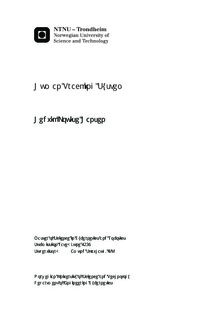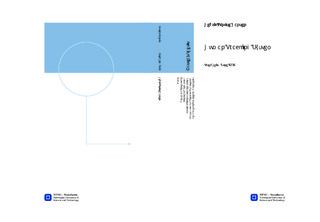| dc.description.abstract | This thesis is motivated by Statoil's wish to localize people operating inside an onshore or offshore production facility. There are especially two benefits of such systems. By monitoring an operator's exposure to noise, vibration and harmful gases, short and long term damages can be avoided. In addition, a localization system would provide employees with a higher degree of safety in case of emergency. The aim of this thesis is to develop a prototype system for localizing people indoors as well as outdoors with use of an inertial measurement unit. As a consequence, challenges such as drift and signal noise, as well as magnetic interference are directed. Since the IMU is subject to drift, investigations on different sensor configurations must be conducted. Collected sensor data from the hip-mounted IMU are used for step detection, step length estimation and heading determination. By combining the results from these three approaches, a positioning estimate for the human operator is calculated using dead reckoning. Dead reckoning is a positioning method for determining an objects location based on a former position, velocity and direction.Experiments indicated satisfying performance by both the implemented step detection algorithm and the step length estimation model. However, the heading determination is subject to magnetic interferences when the sensor is applied in an industrial area. In an indoors environment are position error 2-4 meters after 22 meters walking. Performance in an outdoors environment are significantly better, with a position error of 10 meter after 400 meters. Integrating the suggested solution with another positioning system will increase system performance indoors and thus fulfill the aim of this thesis. | nb_NO |

